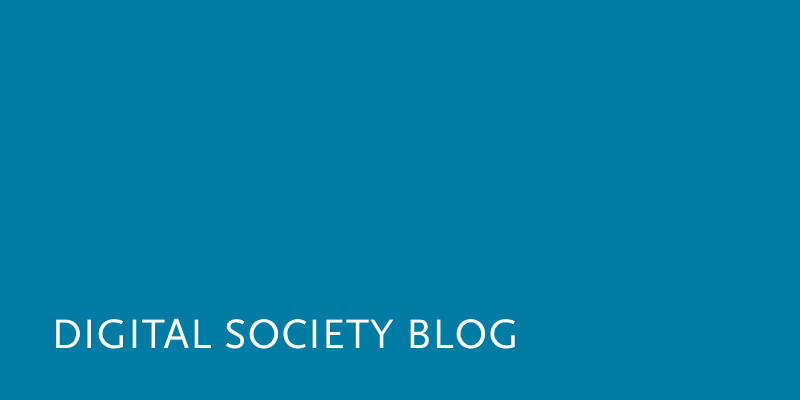Making sense of our connected world

The blog journal elephantinthelab.org spots problems in science
You have probably heard the phrase “ the elephant in the room” to say that there is a problem that everyone knows, but no one talks about. As of July 2017, the blog journal Elephant in the Lab addresses these types of problems in science of which the editors —Martin Schmidt, Christian Kobsda, and Benedikt Fecher — know many exist.
In the first few months, the website covered the issue of authorship in science across several posts. The authors pose the overarching question: is authorship still the right way to signify the qualitative contribution to the field? To illustrate this, they analyzed a large Scopus database differentiating between the top 20 authors (those who publish most) in 27 sub-disciplines. For most of disciplines they analyzed, the number of authors per article increases over time, although only slightly. This can be interpreted as evidence for the increasing complexity of scientific problems and the need for researchers to collaborate.
The data collected from one sub-discipline – Physics and Astronomy – is especially notable. With a mean of 1,268 authors per paper and a maximum of 5,154 authors of one article, this discipline features by far the most authors. In 2016, over 50% of the articles in Physics and Astronomy have more than 1,000 authors (read the article here). In cases like this, the editors of Elephant in the Lab argue that the idea of authorship is led ad absurdum, and it would make sense to reflect on new ways to show the qualitative contribution to a complex product. In their latest post, the authors refer to film credits as an example.
During the next few months, elephantinthelab.org will spot more of these “elephants” in science, including career chances for young researchers, the question of what constitutes scientific impact (see also the interview with Jeremy Berg), gender equalities, or experiment replicability. While the editors wrote the most articles themselves in the first few months, they want to involve more external authors in future. As Christian Kobsda points out: “Our long-term goal is to offer a platform for researchers to reflect on science, its system and habits and in particular those problems that science faces and nobody talks about .”
To contribute to elephantinthelab.org is easy. As a potential author, you can pick between five different publication formats. These are Opinion pieces, Short Analyses, Moonshots, Interviews, and How-to-articles, and they can be sent to eitl@hiig.de. The article is checked editorially by the elephant-team before it is published and tagged with a so-called digital object identifier (DOI). This makes it easier to cite articles from the website as well as to track their impact (the website shows the altmetric-score for each post) and also illuminates why the founders call elephantinthelab.org a “blog journal”.
Kobsda: “We combine the speed and flexibility of a blog with some of the features of traditional journals, for example the DOIs and the different formats. This is why elephantinthelab.org is neither a journal nor a blog. It is a blog journal.”
| This post represents the view of the author and does not necessarily represent the view of the institute itself. For more information about the topics of these articles and associated research projects, please contact info@hiig.de. |
This post represents the view of the author and does not necessarily represent the view of the institute itself. For more information about the topics of these articles and associated research projects, please contact info@hiig.de.

You will receive our latest blog articles once a month in a newsletter.
Open higher education
The Human in the Loop in automated credit lending – Human expertise for greater fairness
How fair is automated credit lending? Where is human expertise essential?
Impactful by design: For digital entrepreneurs driven to create positive societal impact
How impact entrepreneurs can shape digital innovation to build technologies that create meaningful and lasting societal change.
Identifying bias, taking responsibility: Critical perspectives on AI and data quality in higher education
AI is changing higher education. This article explores the risks of bias and why we need a critical approach.




